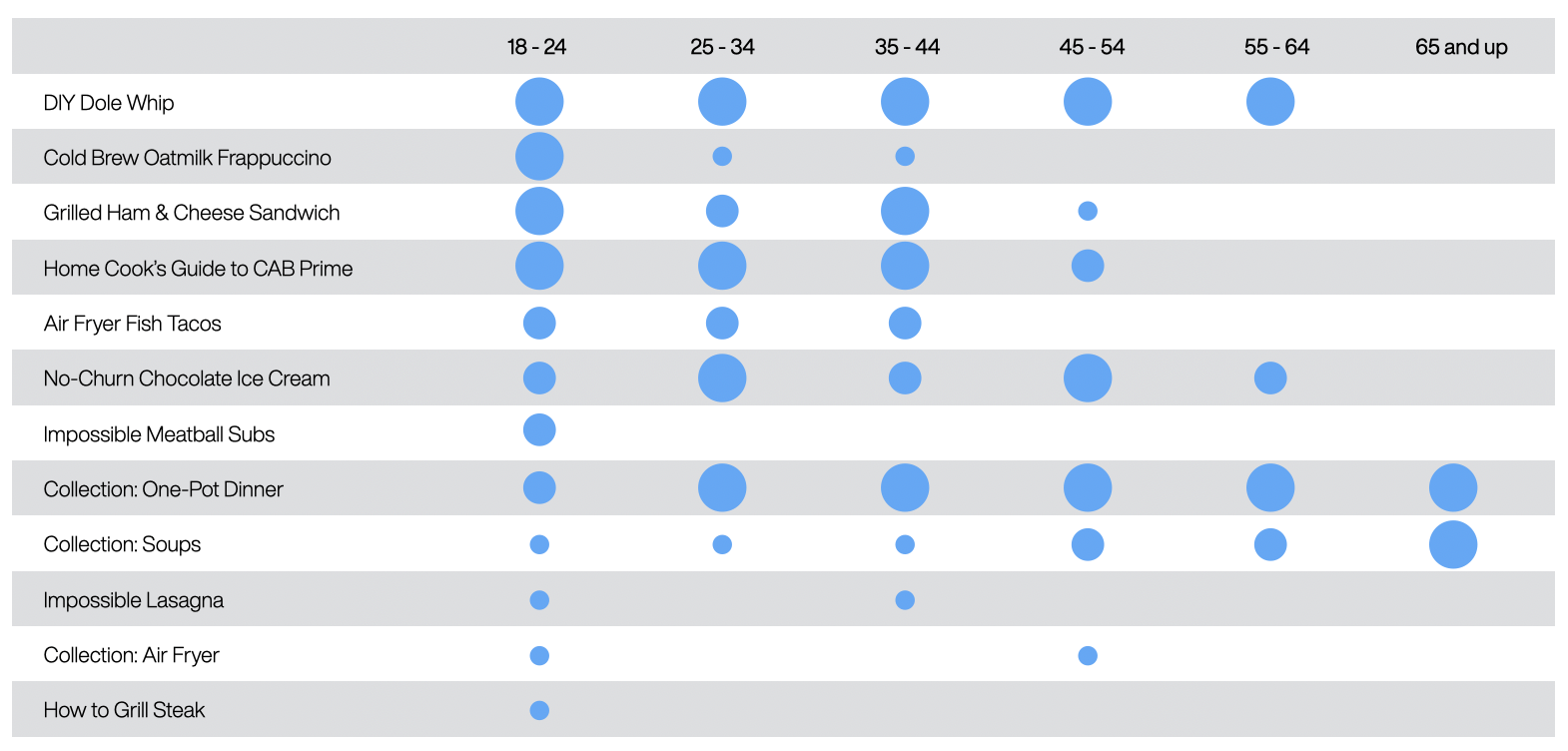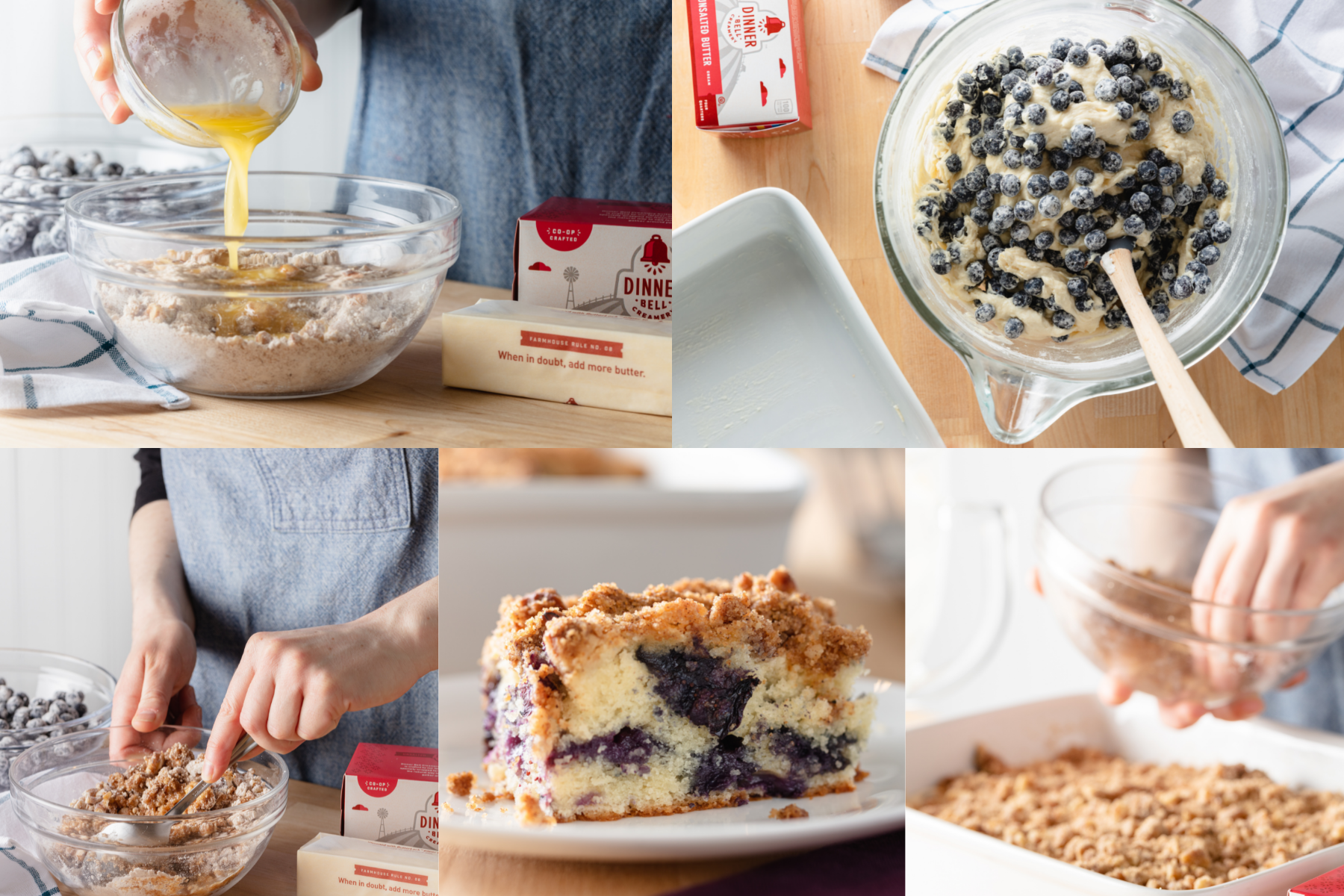How to Make Evergreen Email Content Work (Harder) for You
If our email content strategists and planners have a holy grail, it might be evergreen content. Traditionally, we’ve always applied “evergreen” to content that, like the proverbial pine, will never drop its leaves — and will be just as relevant a year from now as it is today. But in the age of data, it’s also content that consistently delivers on your key performance indicators (KPIs).
For us, that means that creating evergreen content is about more than making our clients’ investment in a single piece of content go farther by recycling it — it’s also about using data to track what their audience responds to, and it’s a giant opportunity.
The content experts at both WDGT and Ingredient, our sibling food marketing company, recently sat down together to hash out these tips for using evergreen content to learn more about your audience, find opportunities to increase engagement, and inform future content.
3 ways to identify evergreen email content — and why it’s working
Huzzah, evergreen content! Such power, such potential! But how do we find it? The trick is to tag all your content — and to look at a variety of metrics.
Categorize your email content by tagging it with topics and other buckets. For example, if you’ve got a recipe, you might tag it by ingredient, cooking method, holiday, and themes, and see which tags rise to the top. And by triangulating tags, you can figure out specifically why people like a piece of content, like chicken plus 30-minute dinner equals winner, winner.
Dig into demographics. If you send content to your whole audience, results can get washed out. By capturing demographics and looking at peaks across location, age, and gender, you can find sly evergreen content — and its very specific audiences. After all, what’s cool among Gen Zers in San Francisco, may not appeal to Boomers in New York.

Look across all the channels and data to identify the high-flying pieces of content, and then repurpose it, e.g., if it’s evergreen in organic search or social, see what it does in email. Not every piece of content will perform beautifully everywhere — but you won’t know ‘til you try.
3 ways to put evergreen email content to work for you
Once you’ve identified evergreen content, the goal is to not simply reuse it again and again, but to make it work harder for you — to really max out all that potential.
Use it to test other aspects of your email. If you know your evergreen content will be a home run, you can take a few risks in the email, e.g., by debuting new content, messaging, designs, or story placement. All of which can help you learn more about your audience — and maybe even find new evergreen content.
Change it up and see if it performs even better: Turn up the KPIs on your evergreen content by giving it a refresh. For example, our friends at Ingredient will sometimes restyle a recipe or break it into steps. Or they might publish it in a collection — categorized in some fresh way, like a holiday or cooking method.

Build on its success with new content creation. Once you’ve identified a winning category of content, you can put that knowledge to work for you with new recipes.
Of course, sometimes the beauty of a great piece of evergreen content is that it simply makes life easier for your team by stretching your content budget and working every time you use it. And you absolutely can use it exactly as is: Even if people love your emails, they aren’t interacting with every piece of content every single time. Plus, people like to be reminded of their favorites, and it will always be new to someone.

That said, when you’ve invested time and money in developing and testing a piece of content, making a few small changes or leveraging it to learn more about your audience and create new content can extend that investment, and its impact, even further. It’s also a great way to build brand loyalty, subtly letting your audience know that you’re paying attention to what engages their interest — and bringing them more of it.
Want to talk email strategy with an expert? Drop us a line at hello@wdgt.co — and we’ll start the coffee.